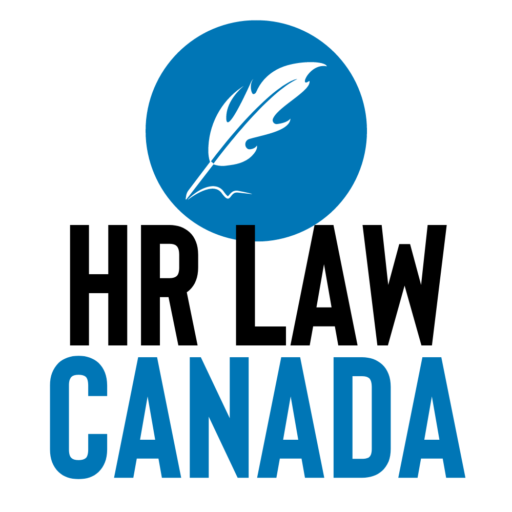By Eric Champagne, L’Université d’Ottawa/University of Ottawa; Aracelly Denise Granja, L’Université d’Ottawa/University of Ottawa, and Olivier Choinière, Université du Québec à Rimouski (UQAR)
Three years after COVID-19 was declared a pandemic in March 2020, many public health restrictions have been lifted and organizations are requiring workers to return to the office.
The desired return to pre-pandemic societal norms versus the pushback from employees who want to continue to enjoy the benefits of working from home has sparked debate about what the future job market will look like.
Hybrid and remote arrangements became commonplace during the COVID-19 pandemic and became vital tools for the continued functioning of society, the economy and all levels of government.
These arrangements enabled thousands of employees to keep their jobs, companies to remain operational and the public sector to continue providing essential goods and services to citizens.
Dramatic changes to how we work
Consequently, the pandemic caused sudden and profound changes to traditional work models.
While some thought these changes would be permanent, a partial and gradual return to the conventional workplace has begun.
Does this simply involve adapting the full-time, pandemic-fuelled remote work model to current times, or does it signal a complete return to the pre-pandemic way of working?
We’re exploring the behaviour and decision-making process of the government of Canada in terms of remote and hybrid work environments before, during and after the pandemic.
Our analysis results from a thorough review of several official government documents, including new information released through access-to-information requests and additional informal observations and insights from the field.
The evolution of remote work
A year prior to the outbreak of COVID-19, the federal government started experimenting by offering “new and flexible (shared) workplace solutions” for employees in 14 departments who could work remotely.
But prior to 2020, the number of Canadian employees who worked at home full-time was statistically low: Statistics Canada’s General Social Survey 2016 reported that less than four per cent of employees were working from home most of the time.
This suggests that even though remote work was already recognized as a viable employment option by some organizations before the pandemic, it wasn’t used efficiently as a widespread work arrangement until COVID-19.
As a result of the pandemic, the government of Canada has provided guidance to departments and agencies to outline how the public sector can best provide remote and hybrid work arrangements to their employees in an effort to normalize this new way of working.
No direct contact with citizens
The pandemic has dramatically changed the way public sector employees work, especially in the federal government, where a wide variety of jobs don’t require direct interactions with the public.
As Evert Lindquist, a public administration scholar at the University of Victoria, has noted, remote and hybrid work models were accelerated by the digitization of the government:
“Many governments have instituted digital service agencies, established open data platforms, adopted social media channels, created innovation labs and proclaimed commitment to ‘open government.‘”
In the public sector, remote work became a way for governments to continue functioning remotely during COVID-19.
Once the pandemic stabilized, the government of Canada began a gradual, partial return to the designated workplace, initially giving departments considerable latitude to experiment with different hybrid models and the opportunity to make their own choices with few limitations.
But this strategy — based on flexibility and managerial discretion — didn’t last very long.
New rules were imposed by the Treasury Board Secretariat on departments in December 2022, including a requirement for public servants to work 40 to 60 per cent of their regular monthly schedule at the designated workplace. These rules have been criticized by many who believe they mark the beginning of a return to the pre-pandemic way of working.
Remote work as a negotiation issue
All these changes happening in a short period of time have created uncertainty and even distrust on the part of federal government employees toward their employers — so much so that remote work is now a central issue in the negotiations for the new collective agreement with the Public Service Alliance of Canada (PSAC) representing 120,000 employees.
The ability to continue to work from home is a point of contention, particularly pertaining to employees who were hired during the pandemic since they don’t have a physical office and have only ever worked from home, especially those in rural areas.
The federal government and federal employees are both navigating uncharted territories.
On the one hand, those who currently work remotely want to preserve as much flexibility as possible in their work patterns.
On the other hand, enshrining the right to work remotely in a collective agreement will significantly limit the employer’s ability to impose return-to-office mandates over the long term. It could also create inequality and competition among those whose jobs can easily be done remotely and those who provide direct services to the public.
Multiple issues at play
In addition, there’s uncertainty about the long-term impact on the quality of team work, the management and design of government buildings and the psychological impact of isolation on employees. There’s a lot more at stake in these negotiations than salary issues.
Although the rules have recently been tightened and are still a major focus of the current bargaining process, the government of Canada has shifted significantly when it comes to the role of remote and hybrid work before and after the COVID-19 pandemic.
The crisis has irrefutably transformed the workforce in all sectors, and a complete reversal to pre-pandemic work models isn’t likely.
Even though many political and administrative decisions on remote work loom on the horizon, we argue that workplaces will continue to evolve in the months and years ahead.
Eric Champagne, Professeur agrégé, École d’études politique, Directeur, Centre d’études en gouvernance / Associate professor, School of Political Studies, Director, Centre on Governance, L’Université d’Ottawa/University of Ottawa; Aracelly Denise Granja, Research Assistant, Centre on Governance, L’Université d’Ottawa/University of Ottawa, and Olivier Choinière, Professor of Project Management, Université du Québec à Rimouski (UQAR)
This article is republished from The Conversation under a Creative Commons license. Read the original article.





